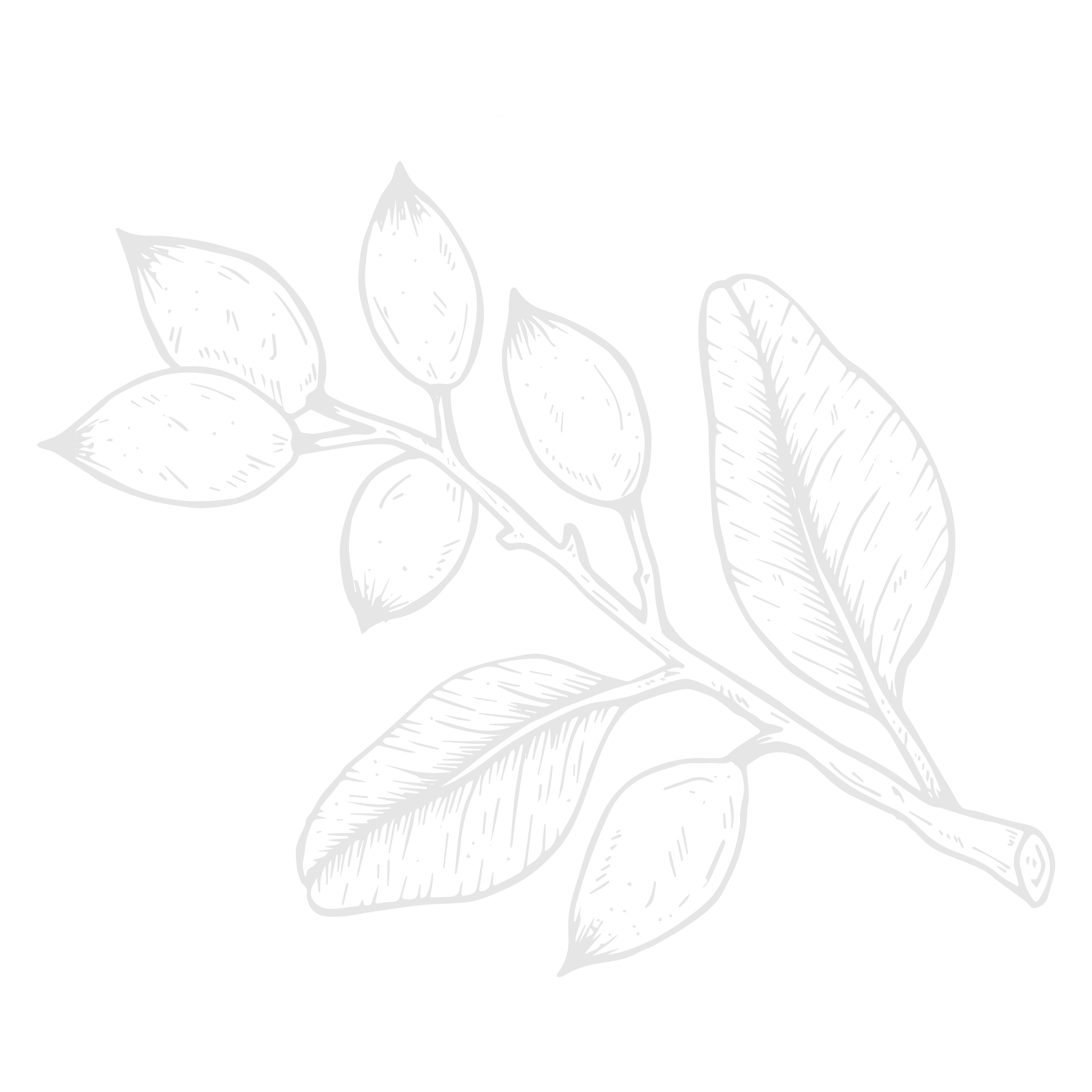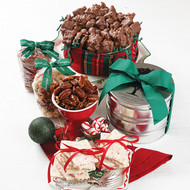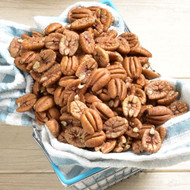What Is Behind the Costs of Pecans and Nuts (Why Many Think Nuts and Pecans Are Expensive)


As we have been fourth-generation pecan farmers for over 80 years, we frequently hear misunderstandings and misconceptions about our favorite tree nut (the pecan of course) as well as other nuts.
We thought we would share some context and behind-the-scenes information and answers around a few questions we hear frequently:
- Why are pecans so expensive?
- Why are some tree nuts more expensive than others
- Why are tree nuts more expensive than peanuts?
To nut lovers worldwide, the price is a small consideration when weighed with the health benefits and pleasure they get from having high-quality nuts on hand for snacking, baking, cooking, and treating themselves.
At the same time, many people don’t know much about what goes into producing and selling a tree nut, like a pecan, so we thought we’d give you the scoop.
Cheap Nuts vs. Quality Nuts and Pecans: You Get What You Pay For
If you’ve never tried a fresh pecan before, you’ll be blown away by the difference you can find from a pecan fresh-from-the-farm versus one that has been sitting on a grocery store shelf for a long time:
- Color - the lighter, the fresher. The darker a nut is, the more rancid and tasteless it is.
- Size - often, with pecans, for example, the bigger, the pricier. Many cheap, low-quality nuts will be small compared to what they would look like straight off a tree.
- Odor - older nuts that have gone rancid have a plastic-y smell to them.
- Taste - you can often tell a nut is stale or old if it tastes “off” or tasteless. A quality nut should never be tasteless.
- Packaging - low-quality nuts are often reported to have many broken pieces, small pieces, and sometimes even insects inside the package (yuck!).

Why Purchasing Your Food Directly from a Farm Makes Sense.
Where you get food matters. For example, there may be a range of difference in pecans purchased:
- from a physical store like the grocery store
- from a third-party online retailer
- directly from a pecan farm
The costs associated with each supplier will be different. Pre-packed nuts on a shelf might have been sitting around for a long time. The price may be lower, but is the quality compromise worth it?
Caring about quality, freshness, and where your food comes from means understanding the costs that come from the process. What factors bring the nuts’ and pecans’ prices up?
- Made in the USA –in many parts of the world, overseas labor and products are cheaper (and often more cheaply made). If you are comparing US-grown, produced, and sold pecans and nuts, there is really no comparison as there are no shortcuts in quality. Additionally, many countries allow chemicals not allowed in the USA in order to maximize yields.
- Crop Year Matters – Maximum flavor comes from maximum freshness. If a pecan is super cheap, it may be old or not from the most current crop. When you buy from Sunnyland, we guarantee that you only get the latest crop. Our motto is “Only the Best” which means only the latest and most flavorful pecans you can buy.
- Harvesting tree nuts requires a great deal of labor. Take pecans, for example. They grow high up in the trees, and after gathering, cleaning, and drying must be sorted (we at Sunnyland only use the biggest, heaviest pecans and remove the rest), cracked, shelled, screened, dried, inspected, graded, and stored. At Sunnyland we still hand grade each nut to ensure its quality, whereas many other producers have completely automated the process. While automation is much cheaper there is still no substitute for the human eye for the final inspection.
- A premium product with a first-class experience and first-class customer service will mean having happy employees with low turnover. This means paying employees a living wage. Take it from us. Many of our employees have been around for 30+years. Our most tenured employee has been with us for 45 years.
- Harvest and Storage practices – harvest only happens once a year if you want fresh pecan. How do you know a pecan is fresh? It is light in color. The darker the pecan, the more rancid it is. We at Sunnyland Farms have harvest season, and to keep our harvest fresh, we use freezers set at between negative 10 to 20 degrees Fahrenheit to store our pecans.
- Yield - many people don’t realize that when you get a tree nut that is “double shelled” (meaning the nut is inside a husk that grows from the tree, and then inside of the husk is the actual shell), the actual, edible nut kernel represents a small percentage of the entire thing. So up to 50% of the nut is discarded, which means tree nuts are often a low yield product that requires a LOT of raw material (and labor!) see above. Fun fact – did you know here at Sunnyland Farms, our shells don’t go to waste? We incinerate the shells and use the steam created to power our shelling plant.
- World Demand – demand drives prices up. Then you have extreme weather like wildfires and droughts (such as in California), hurricane winds, tornados, and inclement weather (like we have in Georgia and experienced in 2018 with Hurricane Michael, and extreme cold and freezing lead to fewer products. As pecans have become more popular, the price has increased. Luckily, demand is starting to increase to so hopefully we should see a leveling off in the near future.

Why Tree Nuts Have a Premium Cost
Quality tree nuts cannot be manufactured in a factory or lab. They come from the earth, like many other produce products. However, tree nuts cannot be planted just anywhere. This is due to unsuitable soil, weather, and climate conditions. This restriction alone will limit the quantity, which in turn increases prices no matter the product.
Because tree nuts such as almonds and walnuts are only produced once a year and have low yields to crop areas, they can only grow in very specific conditions. Here are a few other things to know about how price is factored by the growing and harvesting process.
Why Are Pine Nuts Expensive?
That’s because pine nuts take at least 18 months to mature and are a challenge to harvest. It’s labor-intensive to harvest the seeds from their casing.
Why Are Almonds Expensive?
Almonds require a temperate Mediterranean-style climate. Did you know that California produces nearly 80% of the world’s supply and that bees actually pollinate almonds?
Why Are Walnuts Expensive?
Like all nuts, walnut prices have increased because they are more in demand than they used to be. Like pecans, they are grown high in the trees and produce a small yield, making the labor and harvest more of a task.
Why Are Pecans Expensive?
Pecans are grown in many countries, but like a warmer climate with just the right number of chill hours each winter. Pecan trees take 10 years to really mature and produce a real crop. They require a good deal of water, sun, and chill hours.
Why Are Cashews Expensive?
Cashews are expensive because they are tough to harvest without breaking the nut into cashew splits (a break lengthwise) or butts (a break in half). Additionally, cashew nuts are actually just a small portion of the fruiting part of a cashew tree, as shown in the picture below.

Why Are Brazil Nuts Expensive?
Brazil nuts require a tropical climate. They need to be wild-harvested from the shrinking Amazon rainforest from extremely tall trees.
Why Are Macadamia Nuts Expensive?
Macadamia nuts require a temperate climate. The trees take 7-10 years to start producing, and flowering takes 4-6 months, which means macadamia nuts mature at different times during the year.
Why do Peanuts Traditionally Cost Less?
Peanuts – which are not a “nut” but a legume, are related to peas and beans. The harvesting and cultivation of peanuts are typically automated. Plus, they’re a little less high maintenance than tree nuts as they can grow in more climates. There is a spectrum of peanut pricing: from the small, red-skinned Spanish peanut that costs less to the larger, crunchier more gourmet peanut grown in Virginia, which costs more.
What Is the Most Expensive Type of Nut in the World?
Drumroll…the most expensive nut in the world is….
The Macadamia nut!
With pine nuts following a close second.
However, even though some nuts are expensive, they are also nutritious, healthy, and good for you (check out our nuts and pecan health guide). Not to mention tasty, which means millions of people who choose to enjoy nuts, buy premium products, and invest in themselves and their health every day.
What Other Premium Foods Carry a Premium Price?
Many other beloved foods carry a premium price. Here are a few examples:
- vanilla beans
- maple syrup
- parmesan cheese
- almond butter
- saffron
- wild-caught fish like salmon
- truffles
The price of these items is due to conditions similar to pecans and other tree nuts (world demand, labor required, yield, freshness, and domestic vs. internationally grown, produced and sold, etc.). On top of that, the individual brand and producer’s employment wages and standards, whether or not they allow GMOs, growth hormones, or additives to make food costs cheaper, and quality of customer service factor in as well.
Many feel the tradeoff of a higher cost with a quality product coupled with better business practices and ethics is well worth it.
Tips for Buying Pecans and Comparing Prices
Here are a few tips for getting the best price for quality nut and pecan products:
- Buy in bulk – you’ll pay less per pound
- Know what crop year you are buying. Here at Sunnyland, we only sell you the latest crop. (check out our article here about pecan harvest season and how we got our crop from tree to your door).
- Look at color and size. If the size doesn’t matter or if you want pieces, then you can often save money!
- Understanding shipping costs. At Sunnyland Farms, our pricing includes shipping to the continental U.S.
While everyone loves a good bargain, it’s worth paying more for quality. We invite you to try and our high-quality Sunnyland pecans and nuts. We love hearing from customers and pecan enthusiasts – reach out any time, and we invite you to stay in touch and follow us on social media (Facebook, Instagram, or Pinterest).




















